Should we be using gene editing in New Zealand for predator control? How and where might it be used? What is even possible?
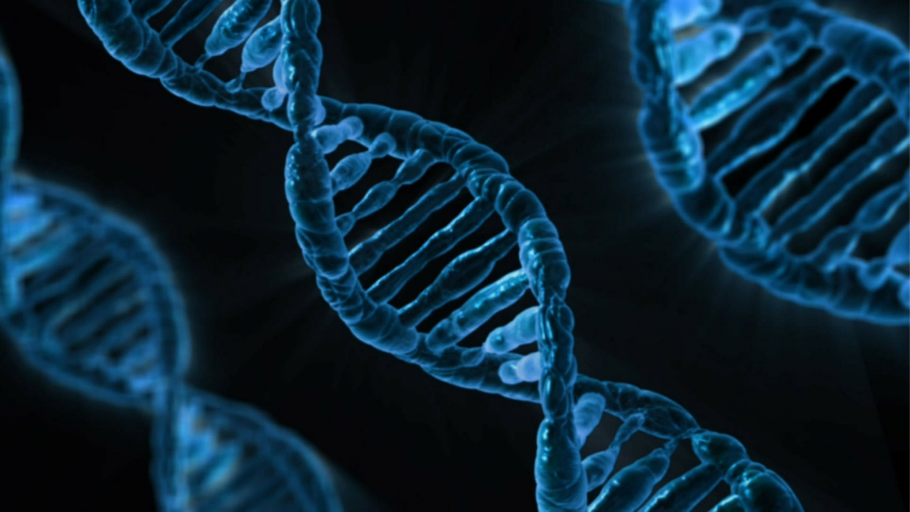
The Royal Society Te Aparangi have just released a range of resources considering what gene editing is and how it might be used in New Zealand. The Royal Society consider that, “as a technology, gene editing is rapidly moving ahead of any consensus on the rights and wrongs of how it should be used.” The purpose to these discussion documents are to raise awareness of the possibilities and issues and promote informed debate. One of the scenarios, explored by the Royal Society, is the potential uses of gene editing for pest control in Aotearoa.
In addition to the technical aspects of gene editing explored below, the report raises important ethical and cultural considerations. Further conversations must explore significant questions such as how genetic modification aligns with Māori tikanga, and issues of animal welfare.
What is gene editing?
DNA, or genetic material, provides the code that determines the characteristics of all organisms from whales to amoeba. Segments of DNA are referred to as “genes”, these “provide the code for particular functions or characteristics”.
Gene editing piggy-backs on the normal repair process of strands of DNA, “Normally, when one strand of DNA is cut or damaged, it is repaired by enzymes which use the information in the other strand as a template.” With gene editing, new repair information is provided to change the damaged DNA strand. With this technique “it is possible to make changes to organisms, such as changing the version of a gene from one that causes disease to one that does not.”
This video introduces the science behind gene editing. Importantly, it introduces the term “CRISPR”, the technique enabling the recent advances in gene editing.
How could gene editing be used for pest control?
Gene-editing has not yet been used as a conservation tool, but scientists are exploring the possibility of using gene-editing tools to control invasive organisms. Current gene editing options for pest control being explored are “sterile insects” and”gene drives”.
The Royal Society report focuses on how gene drives work. In normal sexual reproduction 50:50 chance governs which gene is inherited. In gene drives there is a much higher chance that the edited gene is passed on. This increases the speed that the edited gene spreads through a population.
A gene-drive, for pest control purposes, would target a gene “essential for viability or fertility of the pest organism” and thereby reduce the population overtime.
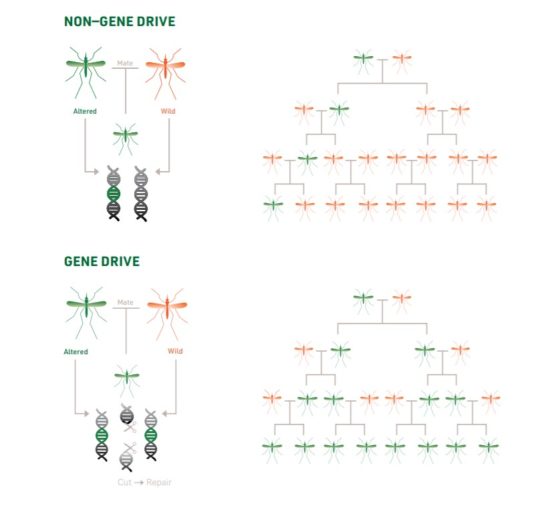
Possible gene-drive scenarios in New Zealand
The Royal Society have considered how wasps, possums, stoats and rats could be targeted with a gene drive in New Zealand. For each of these groups they have looked at environmental, technical, legal and ethical considerations. There is a lot of overlap of issues between each scenario. The justification, for example, that all of these species predate on native species.
The Hazardous Substances and New Organisms Act 1996 means altered species will be a new organism. They would therefore require approval by the Environmental Protection Authority. The implication of other legislation, such as the Animal Welfare Act 1999, is less clear.
Wasps
There are two non-native wasp species in New Zealand, the common wasp and the German wasp. Both have a significant and detrimental impact on our native flora and fauna. Control methods for wasps are currently limited to small scale techniques. These have make little impact given that 1 million hectares of beech forest are vulnerable to wasp plagues.
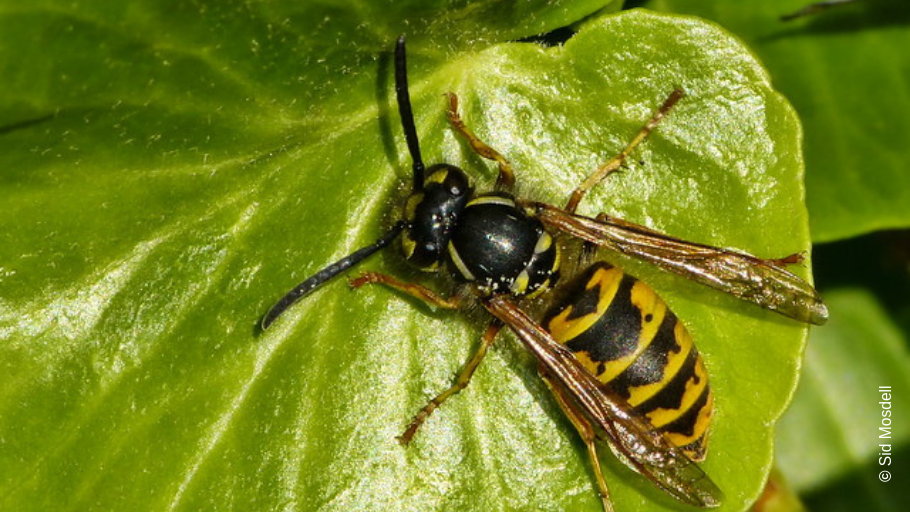
One of the projects underway under the New Zealand’s Biological Heritage National Science Challenge is investigating ways of “bringing Aotearoa’s invasive wasp problem under control.” This project, includes sequencing the genomes of the two species, alongside investigating other methods of biological control.
Scientist have not yet genetically modified wasps. However, they have used CRISPR with honey bees successfully. It is likely that the technique will work with wasp species. A further barrier is the complex social structure of wasp colonies. This complicates the inheritance mechanism of a gene drive. Researchers will need to use computer modelling to determine the potential impact of a gene drive. In addition, modelling will need to evaluate how and where modified wasps could be released.
Wasps effectively hitchhiked their way to New Zealand. This means there is a possibility of an altered wasp hitchhiking their way back to a region where wasps are an important part of the ecosystem. The Royal Society states, “While New Zealand would greatly benefit from eradication of these pests, their extinction here must not mean global extinction of the entire species. “
Possums
The genetics and breeding of possums have been extensively studied in New Zealand due to their impact on the indigenous ecosystems. Yet, there is still little known about “functional genetics in marsupials” and a gene drive would be dependent on considerable further research. As a first step, work is underway to sequence the genome of possums.
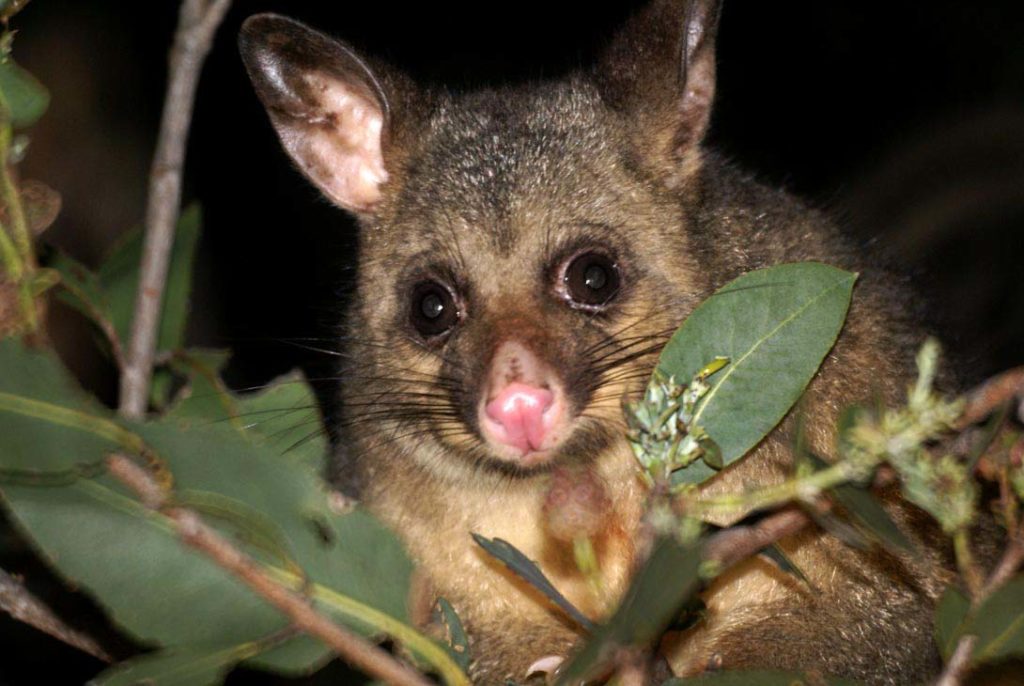
If researchers successfully identified a gene for a gene drive, and then edited it successfully, the application for conservation would have additional hurdles to overcome. A huge breeding programme of altered possums would be required to introduce the edited gene into the wild population at necessary densities. Initial calculations suggest a quarter of a million altered possums released at a density of one per hectare.
Any research must also consider international impacts. While possums are an invasive species in New Zealand, they are protected in Australia. If a gene altered possum was introduced, intentionally or un-intentionally, to Australia it could be potentially disastrous to Australian ecosystems.
Rats
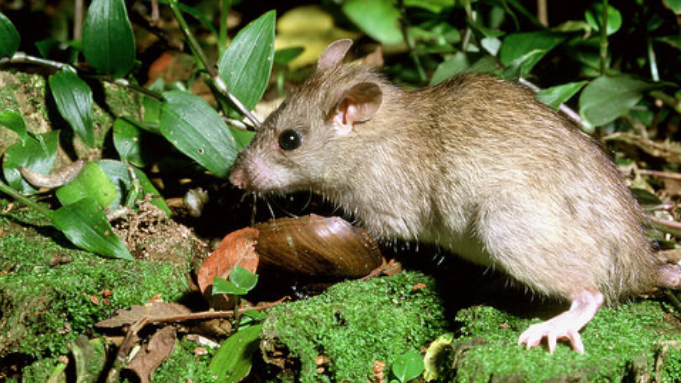
Rats, unlike stoats and possums, are pests across the globe. This means that New Zealand is not the only place with interest into the research into gene drives for rat populations. Rats have been intensively studied as a lab species. The Norway rat was the first mammal to have its genome completely sequenced. The ship rat has been less studied. It has had its genome sequenced, the first step for developing a gene drive.
A gene drive in rats will be less challenging than other species, but still not easy. For example, they are hard to genetically manipulate. Additionally, while scientists are making progress, this will slow down the advancement of a gene drive.
Globally, a further issue is the potential for altered rats to hybridise with other related species. In overseas contexts, rodents can be crucial parts of the ecosystem for example as pollinators.
Stoats
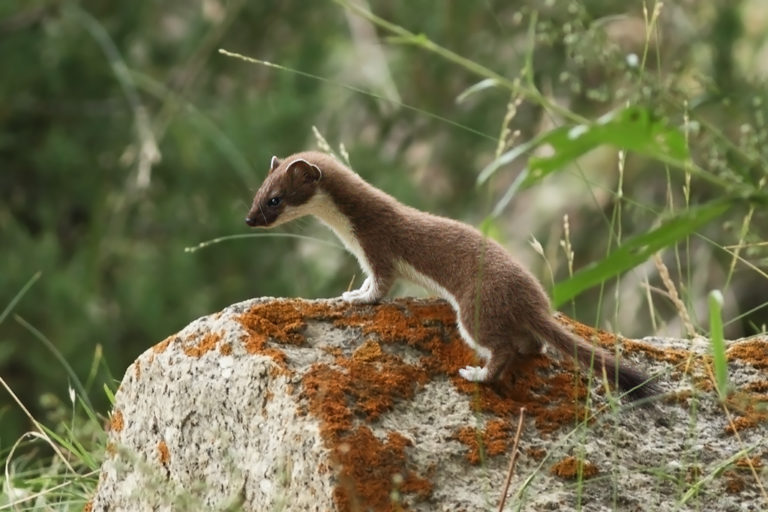
Scientists know little about the genetics of stoats. Developing a gene drive for stoats could springboard the research done into the genetics and breeding of a closely related species, mink.
A successful gene drive, like with possums and rats, would require a significant number of altered species being released into the wild.
Food for thought
The Royal Society makes clear that there are significant technical and practical barriers before gene editing would be a feasible form of pest control in New Zealand. Whether you agree or disagree with the use of gene editing in New Zealand, it is important to be fully informed to enable these crucial conversations to happen.

